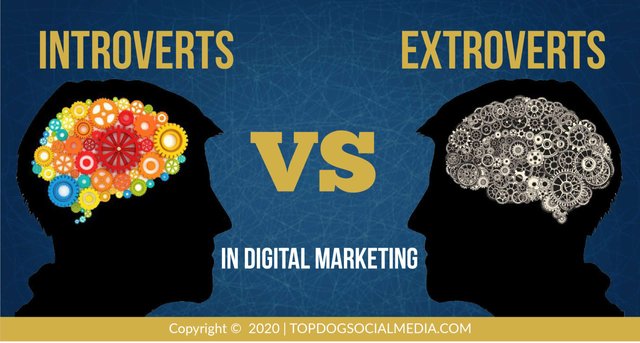Criteria for judging introversion and extroversion

source
The most important sign to judge whether a person is extroverted or introverted depends on the way he obtains, consumes and conserves energy: extroverts play more and more vigorously, and the more people they have, the more happy they are. As long as they are busy, they will feel full of energy; introverts will feel more and more tired in a crowded environment, and they need to have a rest in a quiet place for a while It's enough to add energy gradually.
Extroverts get information exchange and energy recovery from social interaction and interaction with others; introverts come from quietness and solitude.
Whether a person is an introvert or not can be guided and verified by the following questions: am I full of energy after participating in stimulating activities, or do I use quiet thinking to recover energy most of the time?
If a child flinches in the face of pressure, he is likely to be introverted. On the contrary, if your child is energetic and always wants to go out to play, no matter whether someone is with him or not, he is likely to be an outgoing child.
From the perspective of adults, when a person is in leisure, whether he wants to pick up his mobile phone and call his friends to play, or whether he wants to read a book quietly or take a walk, is a very important difference between introversion and extroversion.
From a physiological point of view, introversion and extroversion are also very different.
Dopamine acts on the sympathetic nerve, which controls our behavior when we're awake, and switches to the parasympathetic nerve when we're at rest.
The difference between introverts and extroverts is that introverts use more parasympathetic nerve, which can make us slow down and rest, and the neurotransmitter is acetylcholine; extroverts use more sympathetic nervous system, which can make us accelerate and fight, and the neurotransmitter is dopamine.
Another example is the difference between the brain. The human brain has four main functional areas, which are independent and cooperate with each other. They are: the anterior lobe of the brain, the posterior lobe of the brain, the left brain and the right brain.
From the difference between the anterior and posterior lobes of the brain, the anterior lobes of introverted children are more active, while the posterior lobes of extroverted children are more active.
Between the left and right brain, each child has a dominant part: introverted children, left brain advantage, children are more logical, pay more attention to thinking; extroverted children, love to play, love to make friends.
Extroverted children are good at expressing and socializing, and they are familiar with many people, because their perceptual and emotional systems are relatively developed.
This makes us see the difference between introversion and extroversion for physiological reasons. Of course, there are no pros and cons.